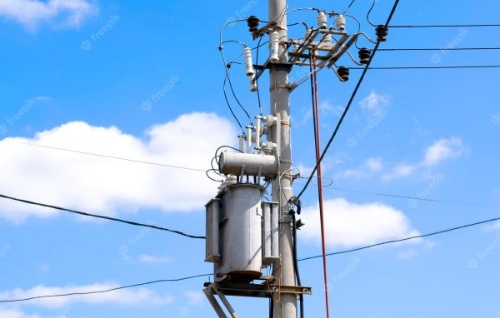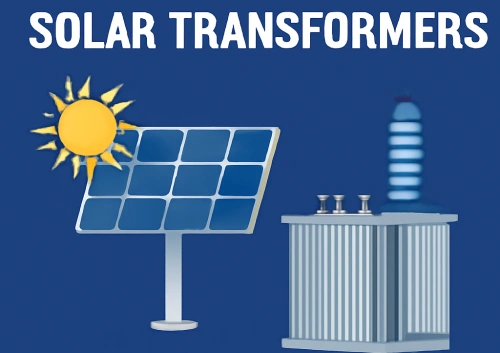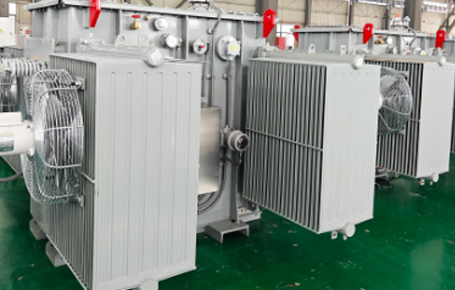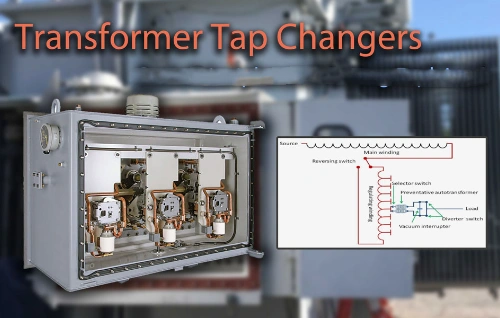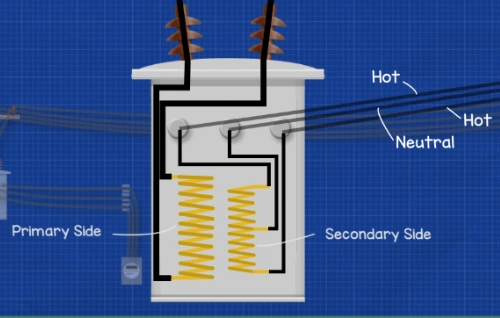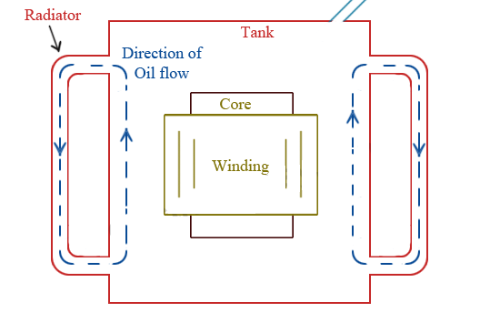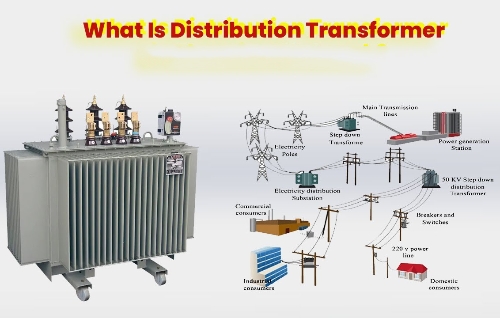What Is a Step Up Transformer? Principle, Benefits, and Applications
A step-up transformer is a power transformer that increases (or "boosts") the voltage of a primary winding to a secondary winding while proportionally reducing the current. It plays an important role in power transmission, industrial operations, and some household and specialized electronic applications.
Understanding its principle, advantages, and real-world uses will help you choose the right transformer for your needs — whether you require a step up transformer 110V to 220V for international appliances, a 120 to 240 step up transformer for home equipment, or a step up transformer 240 to 480 for industrial machinery.
1. Principle of a Step Up Transformer
1.1 How the Step Up Transformer Works
A step-up transformer operates based on Faraday’s Law of Electromagnetic Induction. The primary winding receives an alternating current (AC) at a lower voltage. This creates a changing magnetic field in the transformer’s core, which induces a voltage in the secondary winding.
The key factor is the turns ratio:
VsVp=NsNp\frac{V_s}{V_p} = \frac{N_s}{N_p}VpVs=NpNs
Where:
- VsV_sVs = Secondary voltage
- VpV_pVp = Primary voltage
- NsN_sNs = Number of turns in the secondary coil
- NpN_pNp = Number of turns in the primary coil
In a step-up transformer, the secondary winding has more turns than the primary, resulting in a higher output voltage.
1.2 Voltage vs. Current Relationship
While voltage increases, current decreases proportionally to conserve power (neglecting minor losses). This makes long-distance transmission more efficient since high voltage reduces I²R losses in power lines.
2. Types of Step Up Transformers
Different types cater to different needs:
- Standard Step Up Transformer – Increases voltage for general electrical or industrial applications.
- Step Up and Step Down Transformer – Also called a step up down transformer, it can both raise and lower voltage, offering versatility.
- Step Up Transformer 110V to 220V – Ideal for using overseas appliances in regions with different mains voltage.
- 120 to 240 Step Up Transformer – Common in North America for high-power tools or appliances.
- Step Up Transformer 240 to 480 – Used in industrial systems requiring higher voltage for heavy machinery.
- Step Up Step Down Transformer – Often found in travel adapters and laboratory setups.
- Best Moving Coil Step-Up Transformer – Specialized in audio systems, particularly for matching impedance between low-output moving coil (MC) phono cartridges and preamplifiers.
3. Benefits of Using a Step-Up Transformer
- Efficient Power Transmission – High-voltage transmission reduces energy loss over long distances.
- Voltage Compatibility – Allows appliances from one country to work in another with a different mains voltage.
- Industrial Versatility – Powers high-voltage machinery without replacing the entire system.
- Safety – Enables controlled voltage increase without unsafe modifications.
- Audio Performance – In high-fidelity setups, a quality moving coil step-up transformer can greatly improve sound quality.
4. Applications of Step Up Transformers
4.1 Power Transmission and Distribution
At power plants, step-up transformers increase voltage (e.g., from 13.8 kV to 230 kV or higher) for efficient transmission.
4.2 International Appliance Use
Travelers or expatriates often need a step up transformer 110V to 220V, or 120 to 240 step up transformer to use electronics in countries with different voltage standards.
4.3 Industrial Machinery
Factories may employ a step-up transformer 240 to 480 to operate specialized equipment designed for higher voltages.
4.4 Renewable Energy Systems
In wind or solar farms, step-up transformers connect low-voltage generation output to high-voltage transmission lines.
4.5 Audio Systems
The best moving coil step-up transformers are valued in audiophile setups for improving phono cartridge signal quality before amplification.
5. Step Up vs. Step Down Transformers
While a step-up transformer increases voltage, a step-down transformer decreases it. Devices labeled as step up and step down transformers combine both functions in one unit, allowing flexible operation depending on the application.
|
Feature |
Step Up Transformer |
Step Down Transformer |
Step Up & Step Down Transformer |
|
Voltage Change |
Increases |
Decreases |
Both |
|
Common Uses |
Transmission, industrial |
Household electronics |
Travel, multi-purpose labs |
|
Typical Ratios |
1:>1 |
1:<1 |
Switchable |
6. Selecting the Right Step Up Transformer
When choosing a transformer, consider:
- Input and Output Voltage – Match the exact voltage levels you need, e.g., 110V to 220V, 120V to 240V, or 240V to 480V.
- Power Rating (W or VA) – Ensure it handles the maximum load of your device.
- Frequency (Hz) – Match the operating frequency (50Hz or 60Hz).
- Safety Certifications – Look for UL, CE, or equivalent marks.
- Special Features – For audio, research the best moving coil step-up transformer for your cartridge type.
7. Safety and Maintenance
- Avoid Overloading – Exceeding the rated capacity can overheat and damage the transformer.
- Proper Ventilation – Prevents excessive temperature rise.
- Regular Inspection – Check for loose connections, corrosion, and insulation wear.
- Correct Usage – Never connect a step-up transformer in reverse unless it’s rated for step-down operation too.
A step up transformer is an indispensable device in modern electrical systems, enabling efficient long-distance transmission, international appliance use, and high-voltage industrial operation. From step up transformer 110V to 220V for home use to step up transformer 240 to 480 for heavy industry, the right choice depends on your voltage requirements, load, and application.
For audiophiles, selecting the best moving coil step-up transformer can also transform listening experiences. Whether for power systems or precision audio, understanding the principle and applications of a step up transformer ensures safe, efficient, and optimal performance.

